Austrian ceramic 3D printing company Lithoz and German glass manufacturer Glassomer have launched a new 3D printing material called LithaGlass, a high-performance fused silica glass.
Lithoz Ceramic Manufacturing (LCM) 3D printing technology is the only method to 3D print LithaGlass with high precision and complexity. Composite slurry composed of quartz glass is expected to have a significant impact in the field of ceramics in 3D printing.
LCM technology is a 3D printing method that allows precise and detailed production of ceramic parts. This technology is based on the lithography method. The ceramic composite slurry is placed on the building platform in the case of LCM, and the projector exposes the composite slurry layer ultraviolet light, allowing the ceramic particles to harden and form a layer. Layer by layer, the procedure continues until the desired shape is obtained, after which the object is sintered at high temperatures to achieve maximum hardness and density.
LCM technology is suitable for producing unusual ceramic parts with complex shapes and characteristics, better precision and smooth surface finish. This technology is used in a variety of industries, including aerospace, biomedical and electronics, where ceramic parts are required for qualities such as high temperature resistance, chemical resistance and biocompatibility.


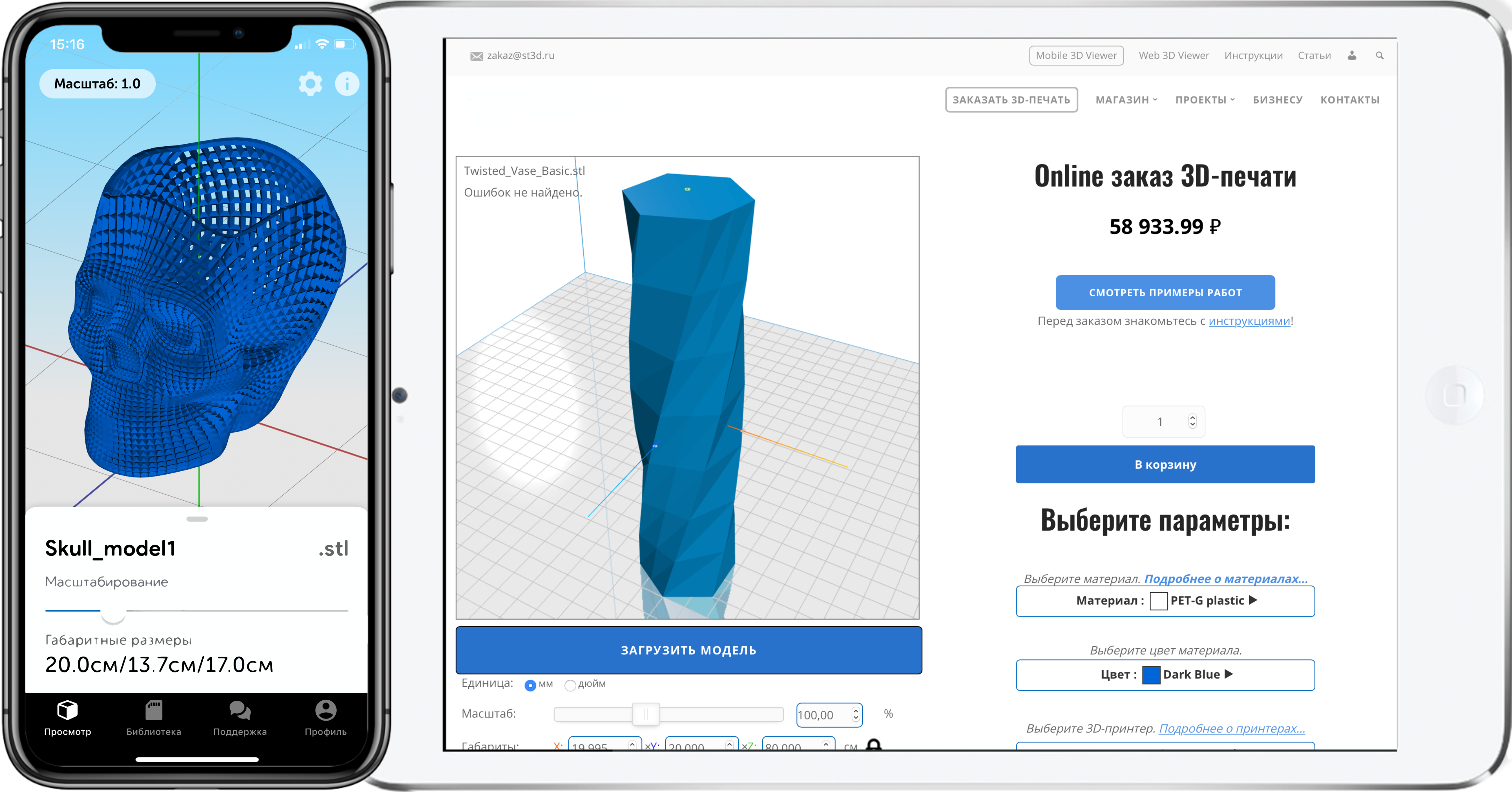



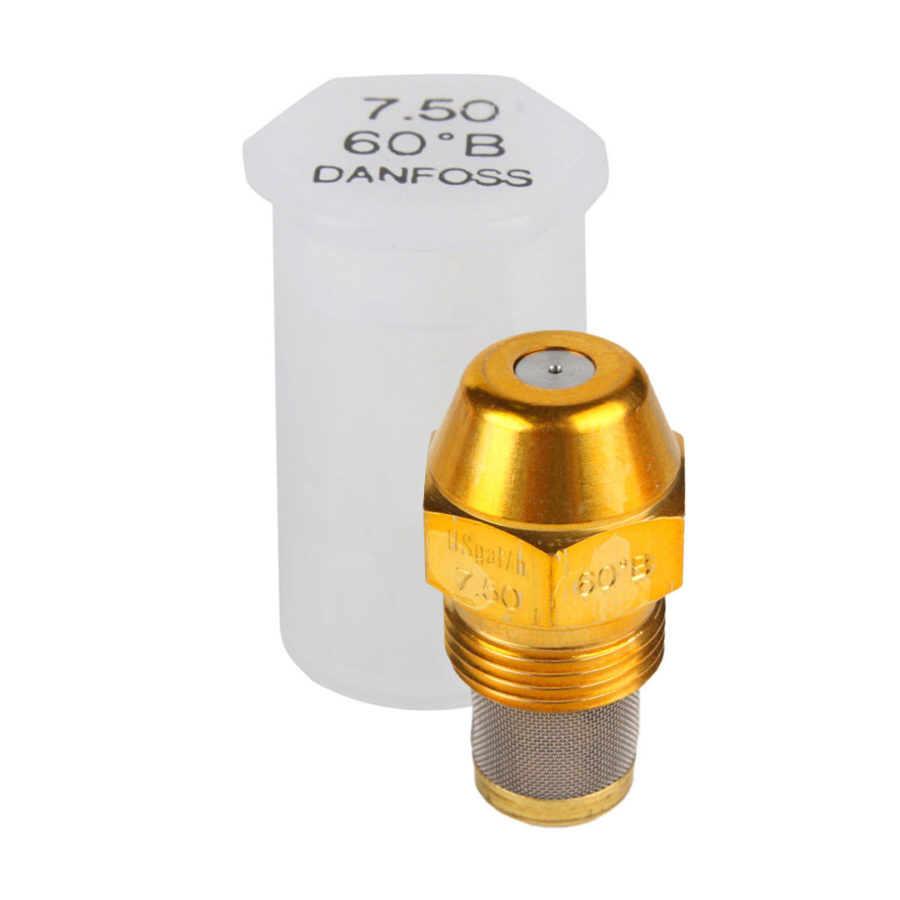
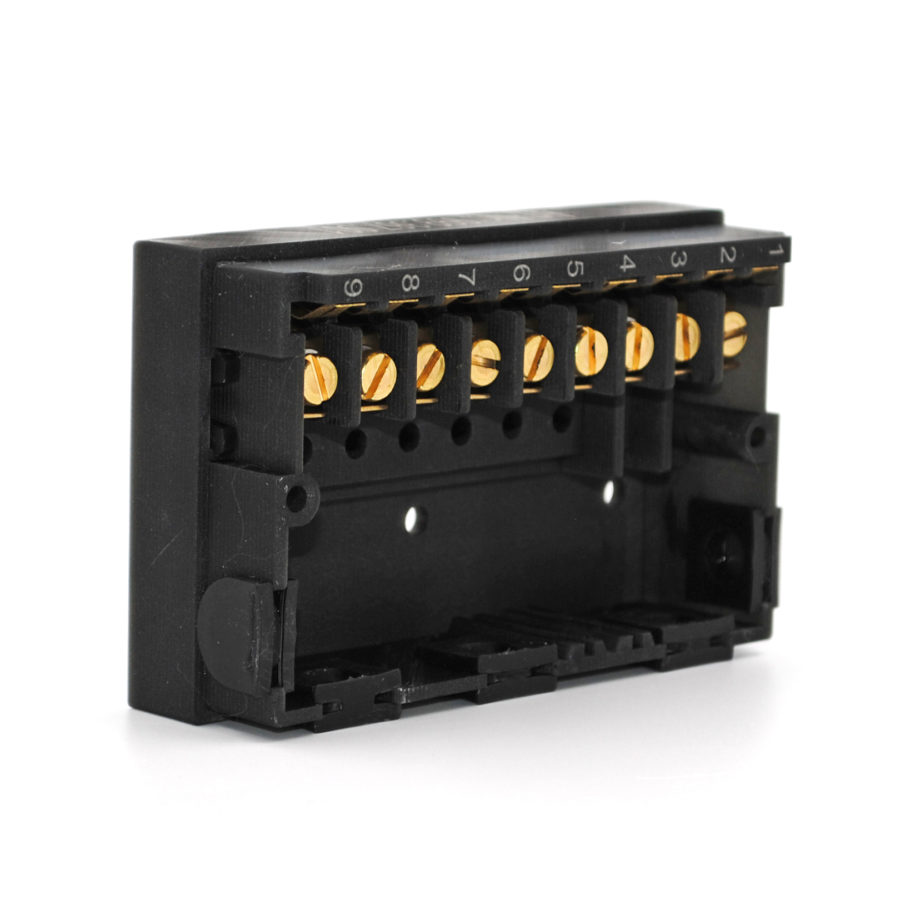
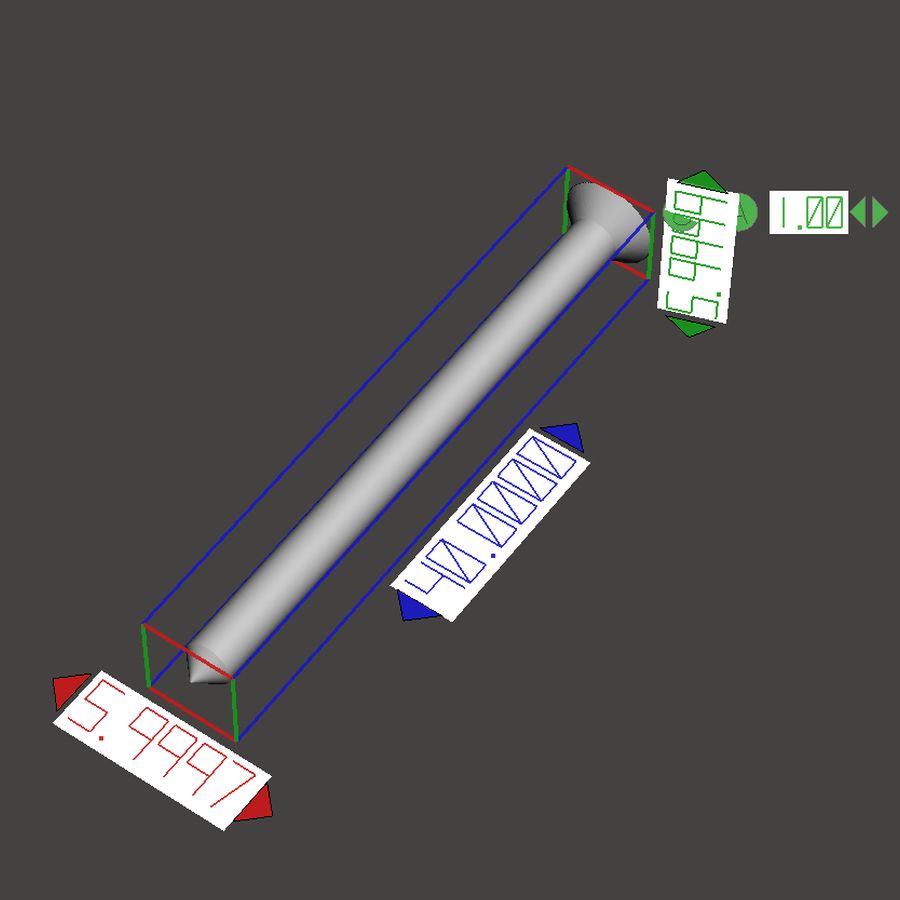
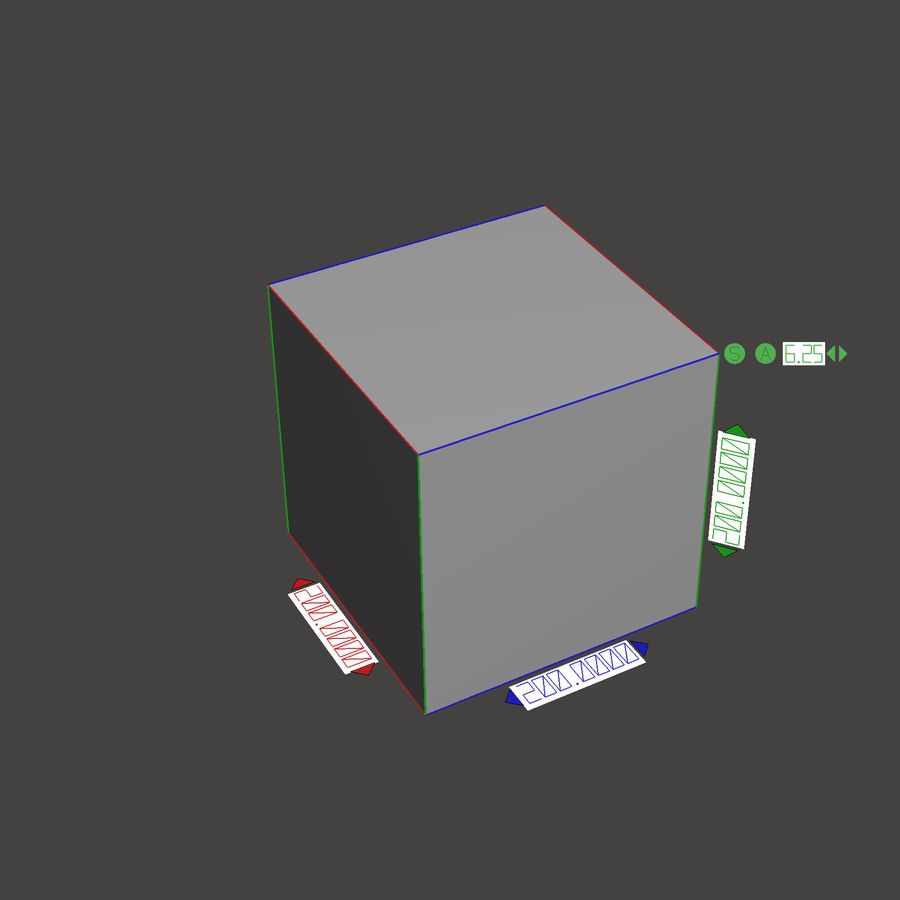
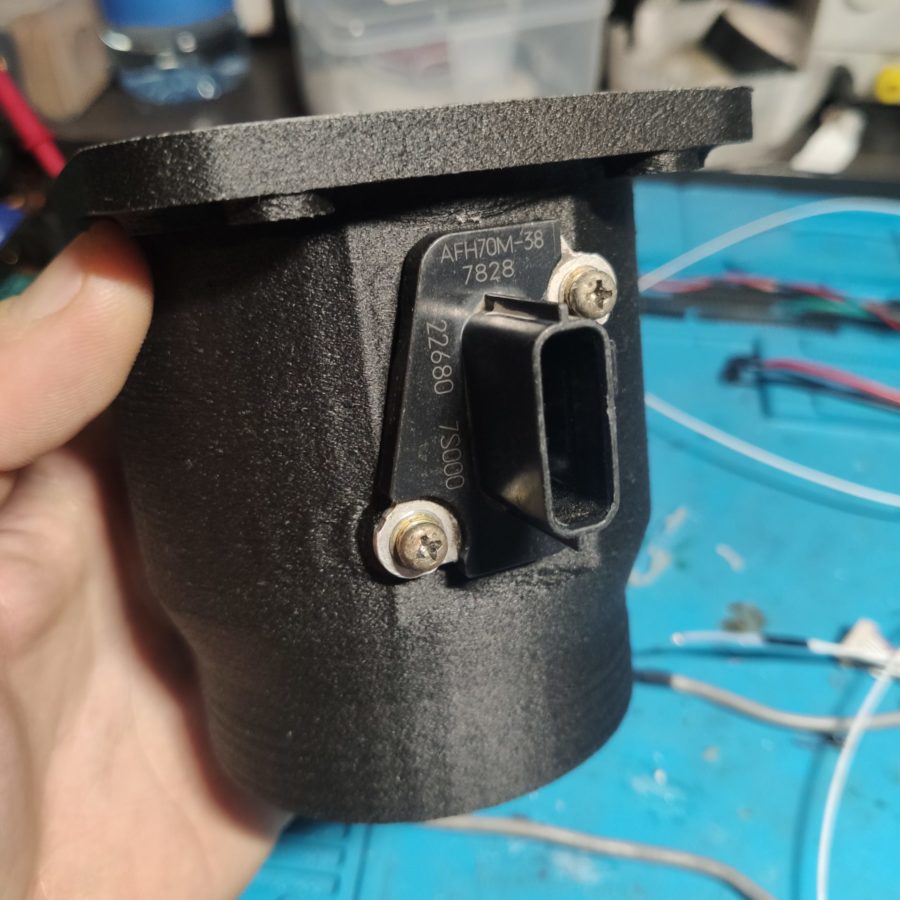

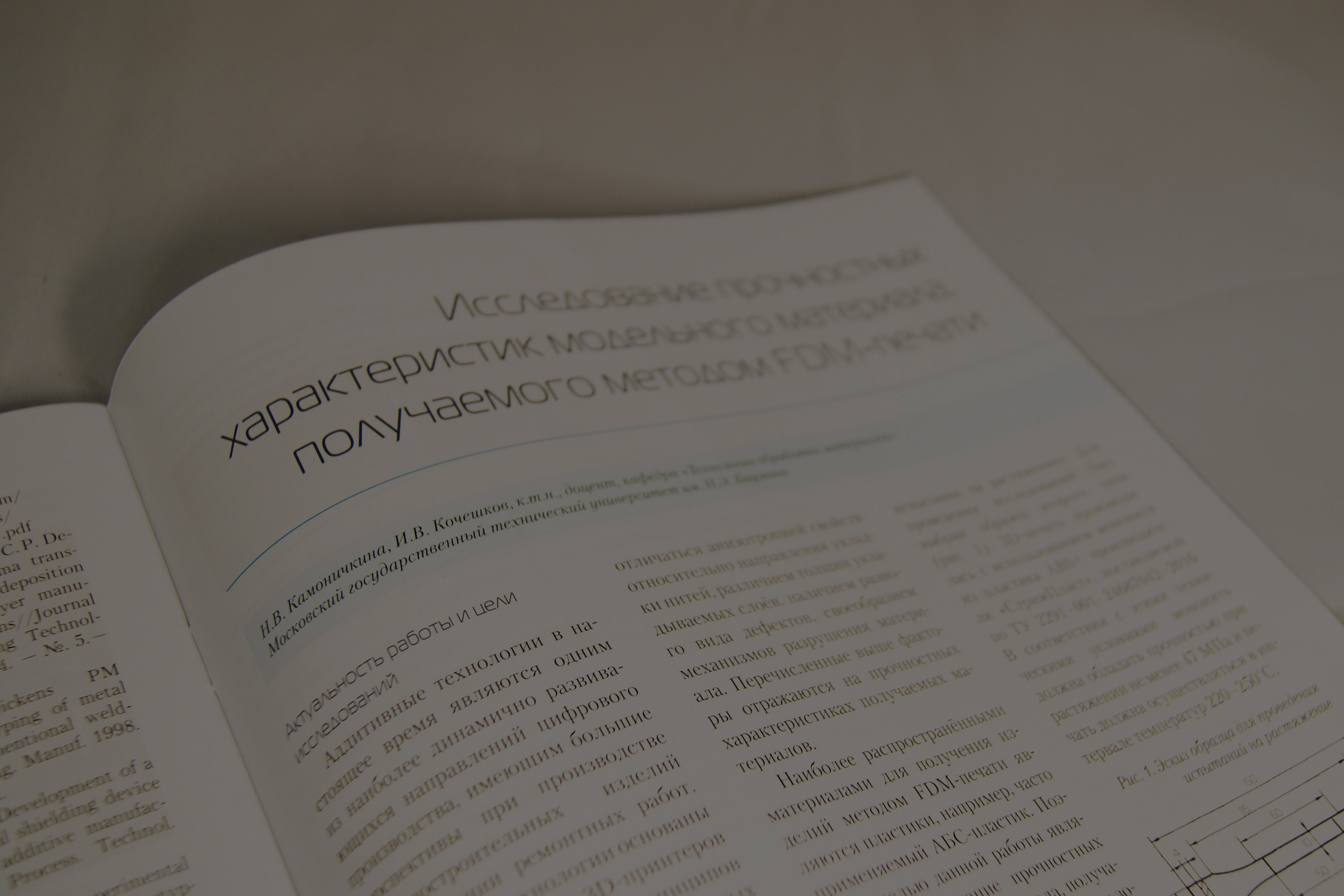
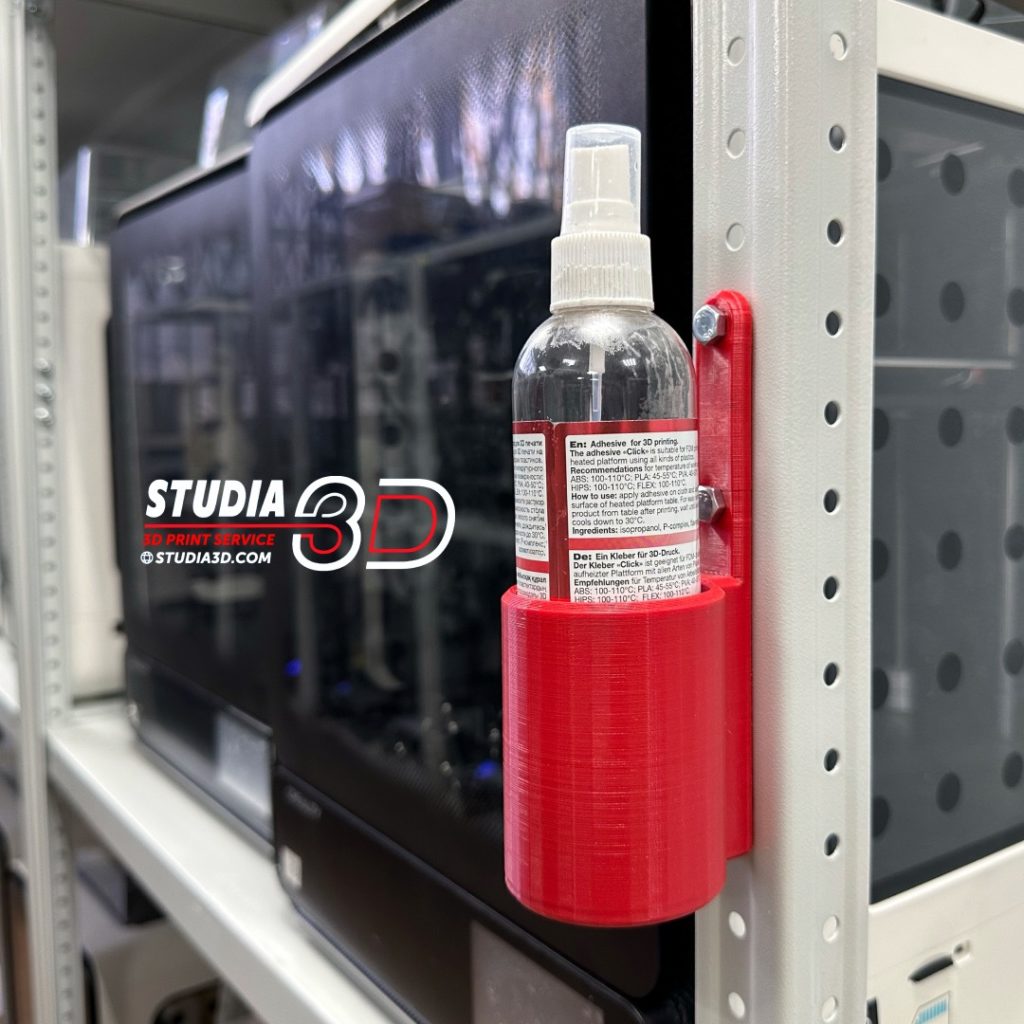



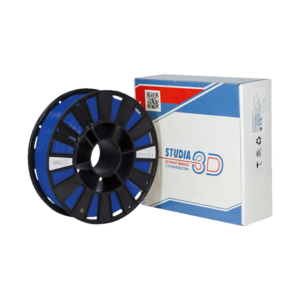
Author: Natalia Kamonichkina
More articles from Natalia Kamonichkina